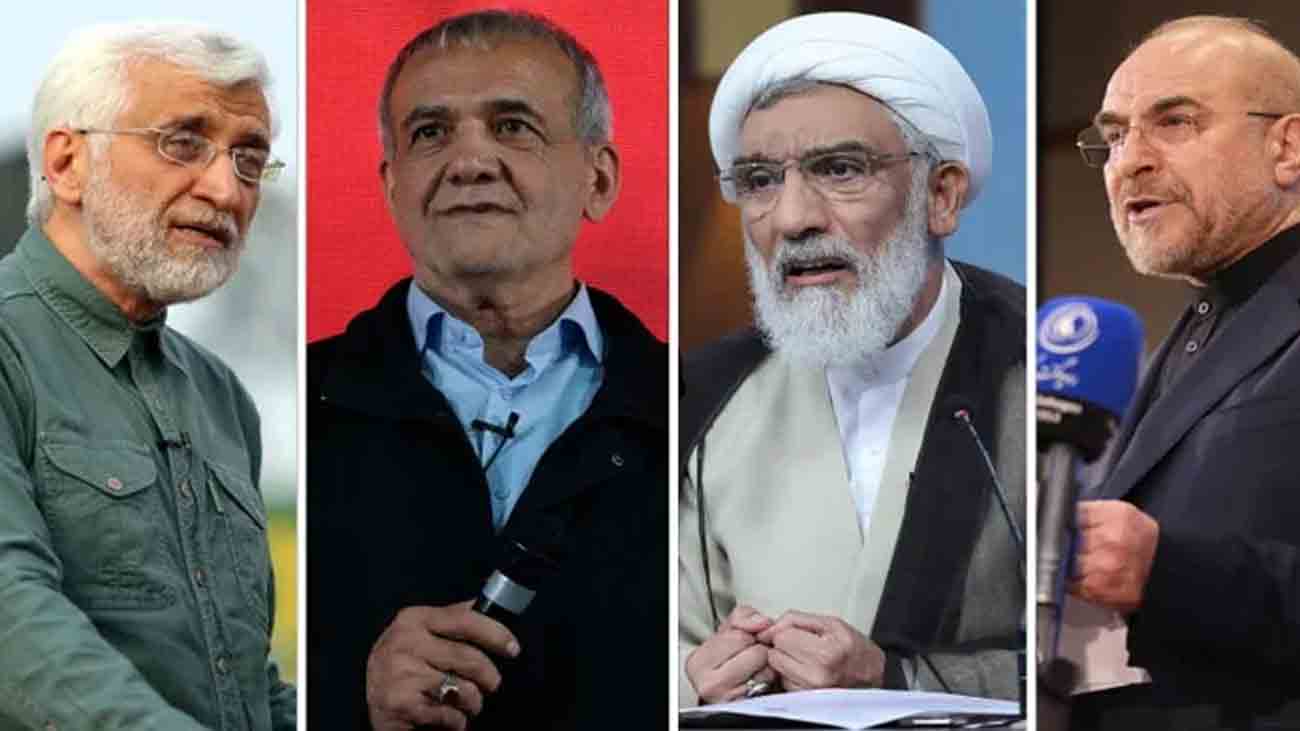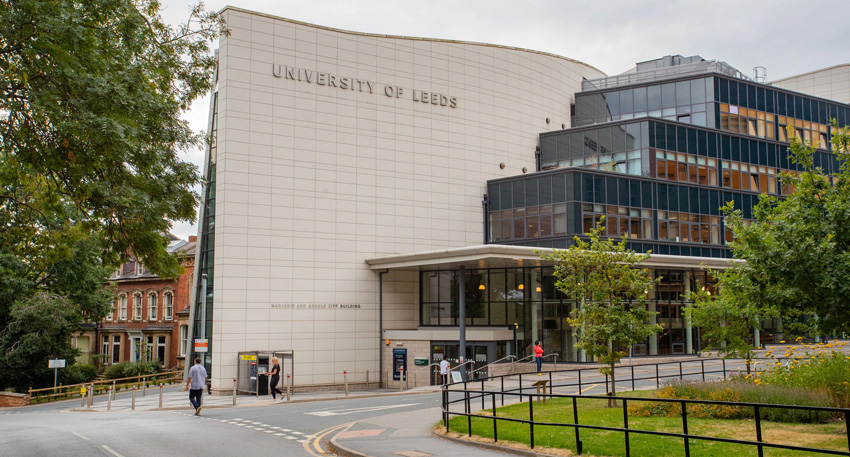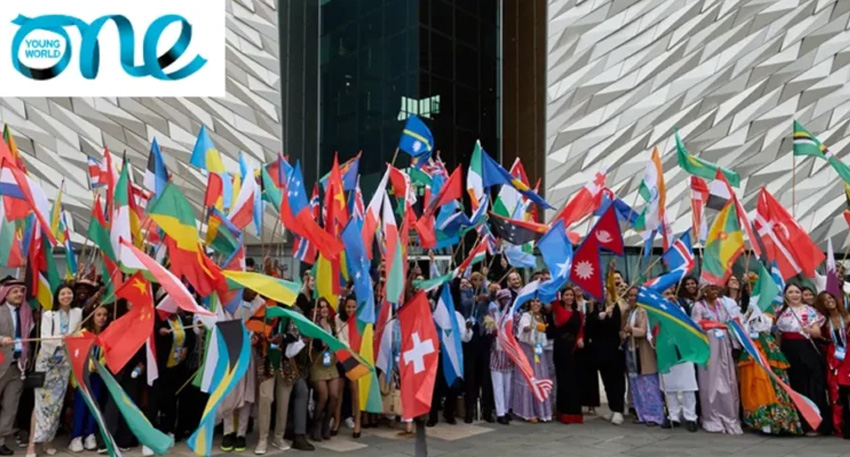
The Ministry of Interior revealed only 40 percent of more than 61 million eligible Iranians voted, a new low in presidential elections since the country’s 1979 revolution.
The moderate Pezeshkian got more than 10.41 million votes from a total of more than 24.5 million ballots counted, trailed by former nuclear negotiator Saeed Jalili with 9.47 million votes, as per the final numbers from election headquarters at the ministry.
This is only the second time since the 1979 revolution that a presidential election has gone to a second round.
Conservative Speaker of the Parliament Mohammad Bagher Ghalibaf, with 3.38 million votes, and conservative Islamic leader Mostafa Pourmohammadi, with 206,397 votes, were knocked out of the race. Two other candidates, Tehran Mayor Alireza Zakani and government official Amir-Hossein Ghazizadeh Hashemi, dropped out.
Ghalibaf, Zakani and Ghazizadeh called on their supporters to vote for Jalili in the run-off next Friday in order to ensure victory for the “revolution front”.
The snap election on Friday came within the 50-day constitutionally mandated period to select a new president after Ebrahim Raisi and seven others, including Foreign Minister Hossein Amirabdollahian, died in a helicopter crash on May 19.
Like all major elections in the past four years, the vote on Friday saw a low turnout, but the final number was much lower than the 45-53 percent suggested by polls.
The lowest presidential turnout in the more than four-decade history of the Islamic republic was the one that got Raisi into office, with 48.8 percent. At just below 41 percent, the parliamentary election in March and May previously had the lowest turnout of any major polls since Iran’s 1979 revolution.
The voter apathy comes as many are disillusioned in the aftermath of deadly nationwide protests in 2022-23, and as the economy continues to deal with myriad challenges including more than 40 percent inflation due to mismanagement and United States sanctions.
Hamid Reza Gholamzadeh, an Iranian foreign policy expert, attributed the low turnout to what he said was the reformist camp’s failure to activate the sector of the electorate which usually votes for it and drives participation up.
Despite the endorsement of heavyweight reformists such as former President Mohammad Khatami and Hassan Rouhani, Pezeshkian “failed to awaken that part of the society which is usually when we have a turnout above 50 percent – that usually comes from the reformist side”, Gholamzadeh told Al Jazeera.




